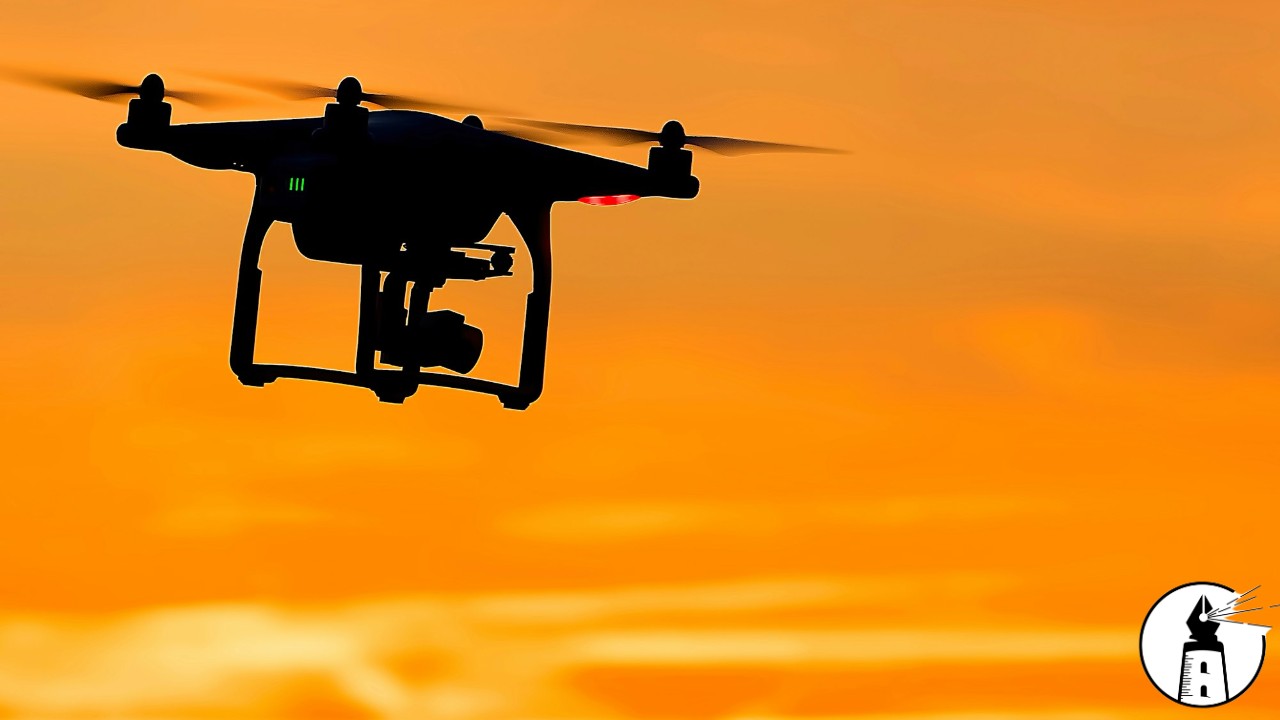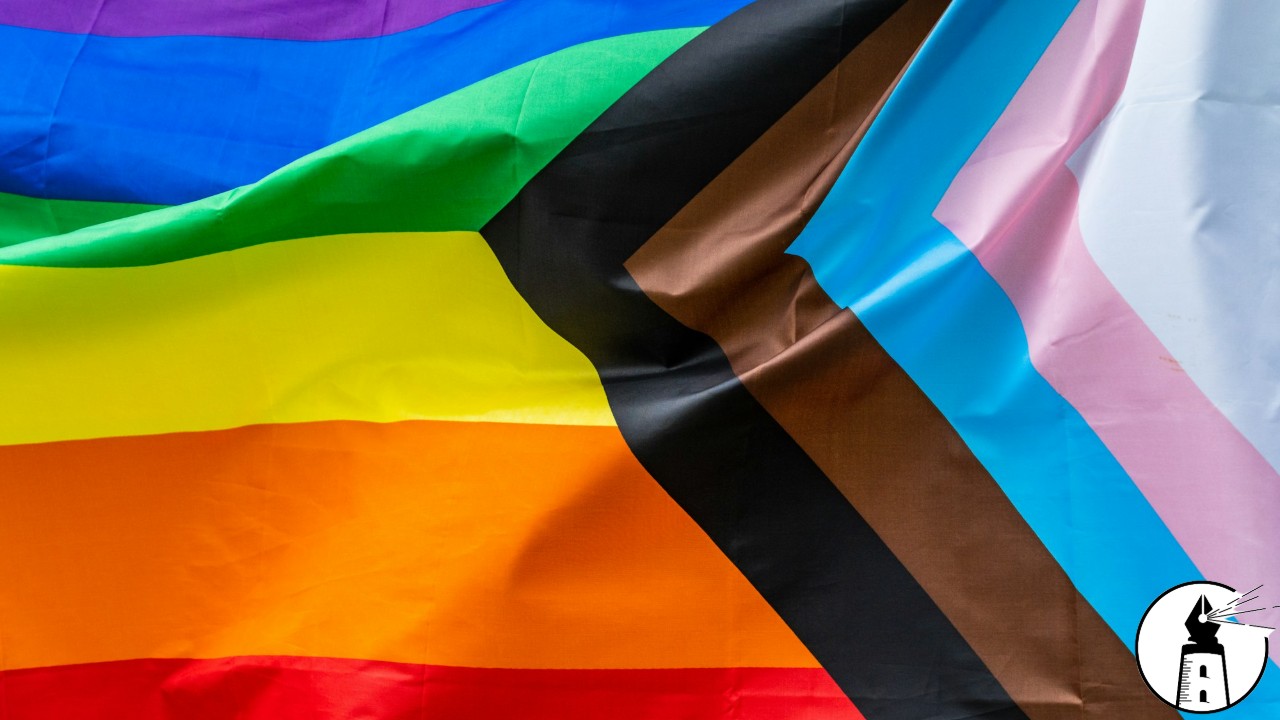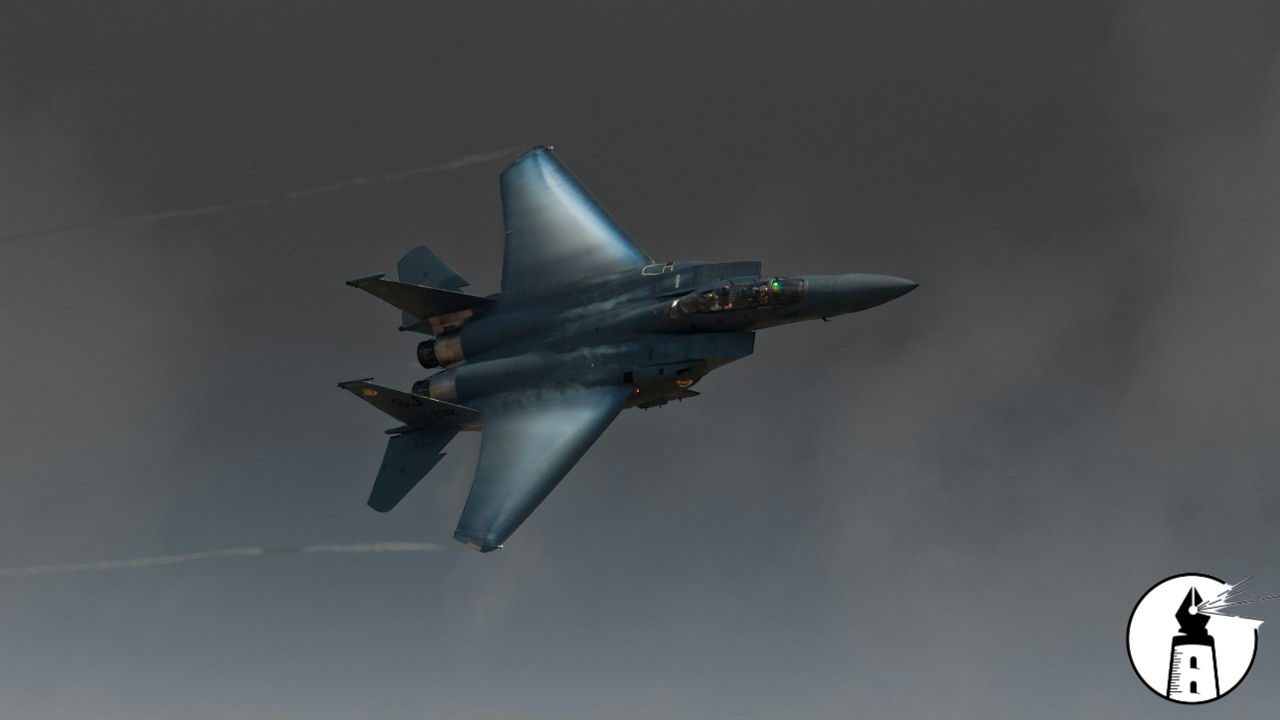Recent weeks have seen a growing wave of reports about mysterious drones appearing in the skies over East Coast states, particularly in New Jersey. Thousands of tips have flooded authorities, fueled by concern and a sense of mystery. While federal agencies have assured the public that these sightings are not out of the ordinary and pose no threat to security or public safety, the public’s anxiety continues to escalate. The situation serves as a reminder of how easily fear can reshape our perception of what we see and hear, echoing a historical moment of panic that also unfolded in New Jersey.
The sightings, authorities say, stem from a mix of commercial, hobbyist, and law enforcement drones, alongside routine air traffic such as helicopters, small fixed-wing aircraft, and even celestial objects like stars. With over a million drones registered in the United States, these small aircraft are becoming increasingly common in civilian airspace. Nevertheless, the rising reports highlight how fear and uncertainty can transform normal occurrences into perceived threats.
This type of mass panic isn’t unprecedented. It evokes memories of the infamous War of the Worlds radio broadcast in 1938, when fictional reports of an alien invasion caused widespread alarm, particularly in New Jersey. The broadcast, presented in the form of a breaking news bulletin, convinced many listeners that extraterrestrial forces had landed, sending communities into a frenzy. Today, while the medium has changed from radio to social media and instant news, the mechanisms of fear remain the same. An unknown phenomenon, amplified by speculation, spreads faster than the facts can catch up.
In both cases, New Jersey became a focal point of collective unease. In 1938, it was Martians; in 2024, it’s drones. The sky, vast and uncontrollable, often becomes a stage for human imagination and fear. Reports of low-flying drones near military facilities or civilian neighborhoods add a layer of seriousness that fuels speculation. Yet, federal authorities have consistently reassured the public that no evidence suggests these drones pose a risk. Still, as with the radio broadcast nearly a century ago, many are left feeling uneasy, their concerns shaped as much by whispers and online chatter as by actual events.
The parallels between the War of the Worlds hysteria and today’s drone sightings reveal how quickly narratives can take hold. In both instances, a combination of technology, uncertainty, and public imagination created an atmosphere ripe for panic. Social media, like radio before it, amplifies concerns at an extraordinary scale, turning isolated incidents into widespread alarm. And just as authorities in 1938 had to reassure a frightened public that aliens were not invading, officials today face the challenge of calming fears about drones.
At its core, the situation reflects a timeless truth. In moments of uncertainty, people look to the skies and sometimes see more than what is there. While it is natural to feel wary of the unknown, it is equally important to approach such moments with clarity and calm. As technology evolves and drones become an increasingly common part of our world, so too must our ability to differentiate between genuine concerns and misplaced fears.
The skies above New Jersey have once again become a canvas for collective imagination, echoing a story almost a century old. Then, it was fiction that stoked fear; now, it is reality, or at least, our perception of it. But as history reminds us, even in moments of uncertainty, the truth often proves far less extraordinary than we imagine.
—By Greg Collier



